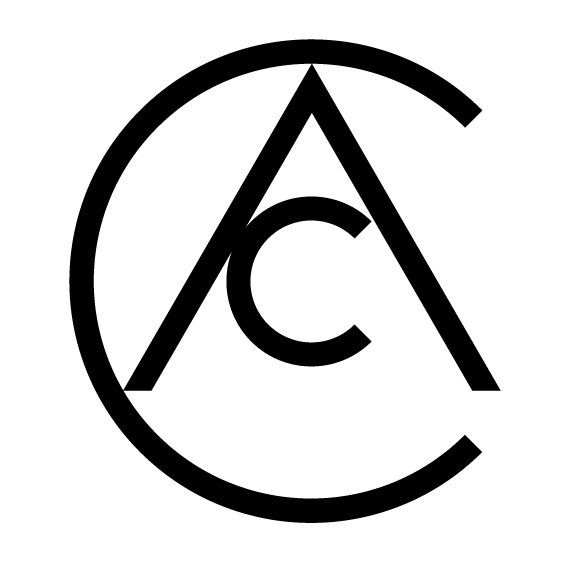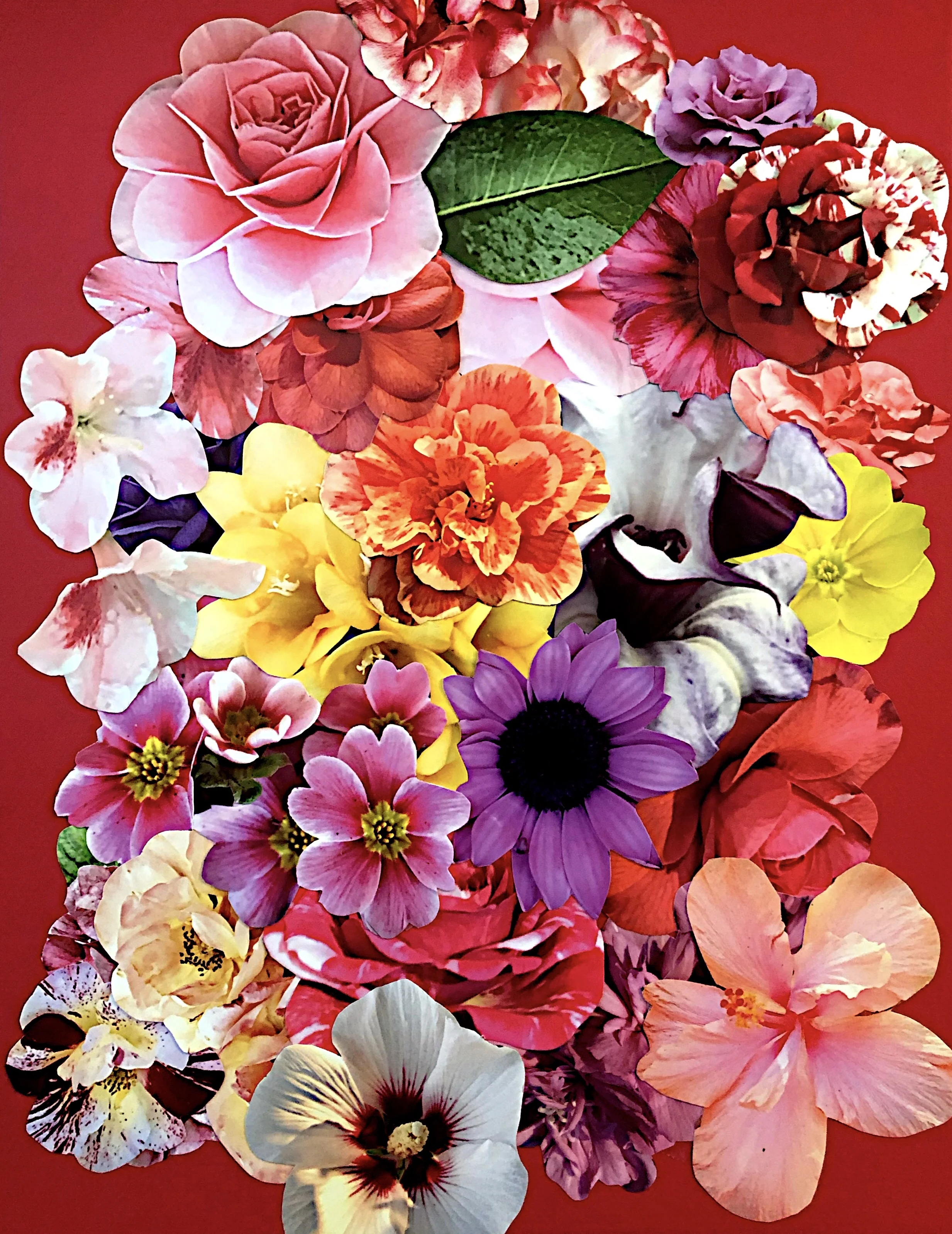In her work, Monica Tap uses landscape to consider questions of time and history, technology and memory. Her paintings are arrangements assembled from various fragments: outtakes from painting’s history, elements from her own snapshots, colour notes, memory.
All in Painting
Jannis Varelas
Jannis Varelas lives and works in Athens, Vienna, and Los Angeles. He received an MFA from the Royal College of Art in London and a BA from the Athens School of Fine Arts.
Hopper Prize: Great Opportunity for Artist Grants
The Hopper Prize is a granting agency, digital arts platform, and contemporary arts journal that supports individual artists around the world with grants in the amount of $1,000.00. Twice per year, during Spring and Fall, The Hopper Prize accepts submissions from artists globally, working in any and all media. During each grant cycle, 5 artists are awarded unrestricted grants. The Hopper Prize welcomes submissions from artists residing internationally, with no restrictions on media, genre, or subject matter.
Interview with Congcong Wu
Congcong Wu currently lives and studies in London, UK. As a young international artist who studied in China, Australia, UK and U.S., Congcong is interested in exploring the themes of culture, humanity and the overlooked aspects of everyday life.
Masakatsu Sashie
Masakatsu Sashie was born in 1974 in Kanazawa, Japan where he currently resides. Kanazawa is a city known for rich cultural traditions in arts and crafts. In 2000, Sashie received an MFA from Kanazawa College of Art.
Interview with Albina Rolsing
Albina Rolsing, based in Germany, is an artist open to exploring and creating different interdisciplinary artistic approaches. Her Art is versatile.
Interview with Lee Shin
Through the years, Lee Shin paintings have been the reflection of her life and passion, covering topics of love, desire, the beauty of men, gender and its power dynamics, solitude, sadness, desperation, and sometimes just of her clowder of cats. She has participated, both domestically and internationally, in diverse individual and collective expositions, in cities such as Taipei, Fukuoka, Busan, Hong Kong, Shanghai, New York, and Venice. She is also an active artist at Tai Hwa Pottery, where she designs and paints various potteries.
Lisa Ericson
Artist, illustrator, and designer Lisa Ericson paints hyperrealistic images of imaginary animals, hybrids that intertwine species. Previously focused on a body of work that merged mice and butterflies, Ericson’s newest series focuses on the creatures below, painting bright fish against matte black backgrounds.
Clare Woods
The paintings of Clare Woods (b. 1972, Southampton, UK) are essentially concerned with sculpting an image in paint, and expressing the strangeness of an object. Originally trained as a sculptor, much of Woods’ work is an exploration of physical form. This understanding of sculptural language and a preoccupation with forms in space, translated into two-dimensional images, underpins her pictorial practice.
Marlene Dumas
Born in 1953 in Cape Town, South Africa, Marlene Dumas studied at the University of Cape Town before moving to The Netherlands in the late 1970s to study painting and psychology. She continues to live and work in Amsterdam.
Zaria Forman
Zaria Forman’s pristine, photorealist paintings of the ocean and remote, icy landscapes are painted by hand—quite literally using her fingertips to render marks in paint and chalk, rather than brushes.
Gideon Rubin
Gideon Rubin (b.1973) is an Israeli artist based in London. He received his BFA from School of Visual Arts in New York and MFA from Slade School of Art in London.
Joan Mitchell
Joan Mitchell was born in Chicago in 1925. After graduating from the School of the Art Institute of Chicago in 1947, she was awarded a James Nelson Raymond Foreign Traveling Fellowship, which took her to France for a year in 1948-49, and it was there that her paintings moved toward abstraction.
Milena ZeVu
Milena ZeVu is a Belgrade based artist who’s creative work includes paintings, sculptures, installations and performances. She graduated at the Academy of Applied Arts in Belgrade.
“Empire” by Artist Rone
Artist Rone transforms a sprawling 1930s, Art Deco mansion, left vacant for over 20 years.
Interview with Kat Kleinman
Kat Kleinman is a floral collage artist from the Sacramento, California area. She began her career as an artist in 2016, after she retired as a psychotherapist, working with homeless people for 20 years. Her past work is referenced because it does inform her current work with a focus on positivity and making people feel better, if only for a moment.
Ryan Sullivan
Ryan Sullivan (b.1983, New York) graduated from the Rhode Island School of Design, Providence (RI) in 2005. Built up in multiple layers, Sullivan’s large-scale paintings reflect his dynamic and constantly-evolving mode of abstraction, with each painting standing as a physical record of its own creation – both embodying and describing material flows and physical processes. Distinctive and unrepeatable, Sullivan’s works have been praised for their assertion of painting's enduring critical importance and potential.
Bianca Berends
Born in the Netherlands, Berends has had a life of travel and currently lives on the Caribbean island of Curaçao where she works from her home studio. She has been recognized by The Portrait Society of America as one of today's leading artists, and her paintings have been exhibited in well-known museums and galleries in Canada, The Netherlands, and the UK, including as part of the prestigious BP Portrait award.
Malgosia Jankowska
Painter Malgosia Jankowska was born in 1978 in Sochaczew, Poland and studied painting in Warsaw and Berlin. With fine brush strokes, she sets people and nature in opposition to each other. She masterfully creates pictures of stunning depth and spaciousness by alternating translucent and pastose colors. Mysteriously, white light bursts through the tree trunks of some paintings like a white haze. The filigree lines, together with the softened tones – sometimes restricted to a single color on a white background, hearken back to the engravings of old fairytale books.
Helice Wen
Helice Wen was born in Shenzhen, China, she has exhibited in New York, Florida, Melbourne, Los Angeles, and San Francisco. She currently resides in San Francisco, working as a full time artist.




















